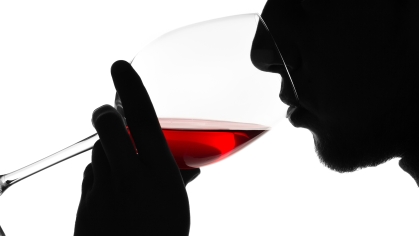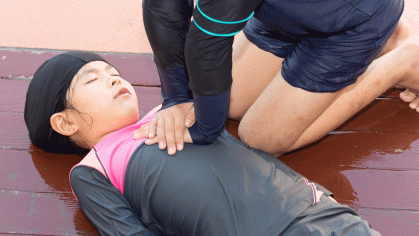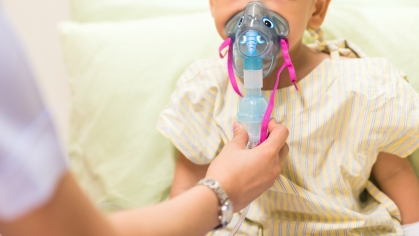Swallowing Toothpaste Is Unhealthy. A Rutgers Professor Developed a Toothbrush with Suction Power.
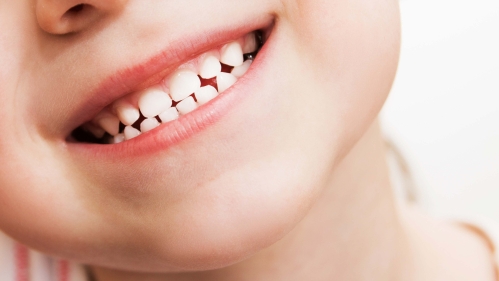
MaxVac is a device created by Maxine Strickland that has both brushing and suctioning capabilities
Ever wondered how astronauts brush their teeth? Often, they end up swallowing their toothpaste, just like children and people with special care needs, which can harm their overall health.
Maxine Strickland, an associate professor of diagnostic sciences at the Rutgers School of Dental Medicine, has a healthier solution: MaxVac.
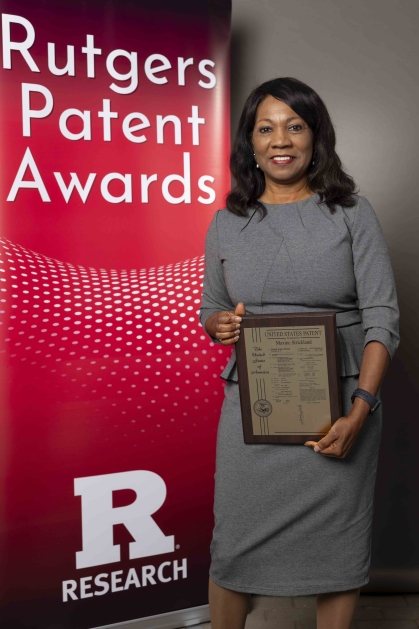
MaxVac is a powered toothbrush created by Strickland. Unlike a regular brush, it has both brushing and suctioning capabilities, enabling the removal of liquids from the mouth. This is especially important for special needs patients as they might continuously ingest microorganisms during brushing that may lead to health issues such as pneumonia.
“[MaxVac] removes potentially harmful and infectious materials … and thereby can be very useful for the elderly and disabled, in nursing or hospital settings, in dental clinics, for young children, and routine home use,” officials at the Rutgers Office for Research noted in a statement.
The toothbrush was a passion project with roots in the early years of Strickland’s career, in the late 90s, when she worked in a pediatric dentistry office and later assisted in setting up a clinic for disabled patients as a faculty at the University of Medicine and Dentistry of New Jersey, which became a part of Rutgers in 2013.
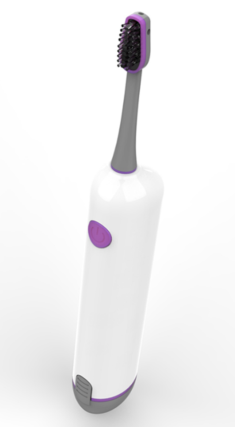
“That was the beginning of my experience thinking about this type of intervention because many of the patients had difficulties swallowing,” said Strickland, adding that many dentists used suction devices while brushing patients’ teeth in their clinics.
Years later, she wondered, “Why not combine these two in one piece of equipment?”
With a Rutgers TechAdvance grant and the help of engineers, she converted her idea into a handheld product.
The first version of MaxVac was a device that snapped onto an existing toothbrush, which had a patent issued in May. A second version, developed with a National Science Foundation grant, is a stand-alone powered toothbrush with specific capabilities of removing liquids from the mouth. While the patent for that is still pending, she gathered patient feedback, leading her to third and fourth versions that are smaller and easier to hold.
“Honestly, I had never really thought about being an inventor,” said Strickland. “It’s been a nice, exciting venture trying to reduce some of the anxiety and give dignity to the patients.”
She plans to have the brushes first used in a hospital for neurologically impaired patients in 2026 as a pilot. After that, Strickland said she hopes to collaborate with another hospital, where patients with spinal cord injuries will try MaxVac.
Her ultimate goal is to see MaxVac widely accessible in all stores alongside other dental products and possibly in the backpacks of hikers and spacecrafts of astronauts.
“It was exciting to think about these applications,” she said. “As a dentist, it’s encouraging and inspiring that this product can make a difference, and I’m hoping various populations can use it."

